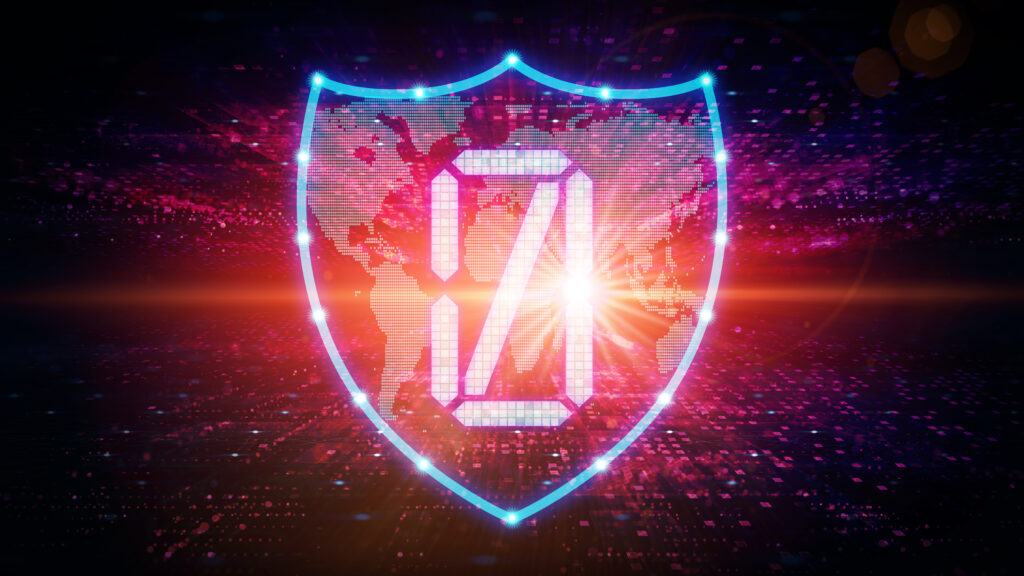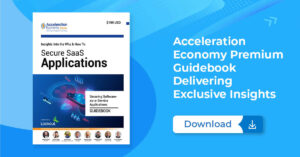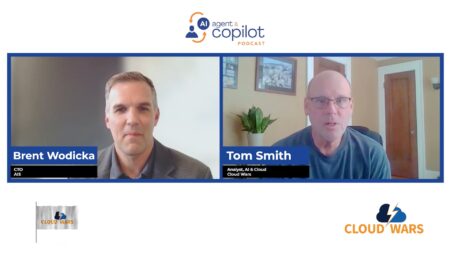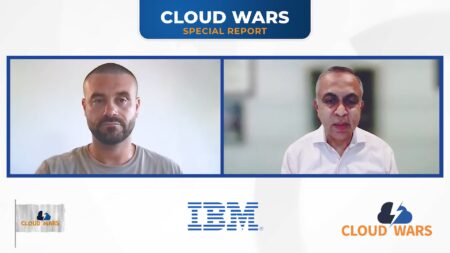The zero trust security framework has been widely embraced in recent years as businesses look to secure their expanding range of digital assets. The framework is based on the principle that no user or device should be trusted by default. It requires that every access request to resources be authenticated, authorized, and continuously monitored.
Widespread acceptance was bolstered in large part by President Biden’s Executive Order on Improving the Nation’s Cybersecurity requiring federal agencies to move to a zero trust architecture.
While zero trust continues to gain acceptance, attackers are continuously evolving their tactics and techniques to exploit system vulnerabilities. They are also no longer just random individuals trying to hack into systems — they are now highly organized criminal groups, like FIN7 and Carbanak, using advanced technologies and sophisticated methods. These types of attackers use common techniques such as social engineering, phishing attacks, and malware, but they are also exploiting zero-day vulnerabilities and using deep supply chain attacks.
Strategies for Evolving Zero Trust Frameworks
While the zero trust framework is effective — it’s hard to find any examples of data breaches in cases where zero trust had been in place — it’s not an option to leave it unchanged. As attackers continuously evolve their tactics, the framework must evolve to keep pace. Just as we are moving from IPv4 (Internet Protocol version 4) to IPv6 (Internet Protocol version 6) or we are looking to quantum computing-resistant encryption, our defenses, along with the technology we use, must shift as threats shift. What worked yesterday may not work tomorrow.
While zero trust is still relatively new, it’s still useful to consider how the framework will need to morph as attackers inevitably seek ways around it. Here are a few ways to ensure zero trust stays one step ahead of those increasingly sophisticated threats.
Utilizing Advanced Technologies
Advanced technologies such as artificial intelligence (AI), machine learning (ML), and automation can help identify patterns and anomalies in network traffic, user behavior, and critical security events; they can be used to detect, and alert security teams to, suspicious activities in real-time. Automation can also play a critical role in evolving zero trust frameworks, streamlining security processes, and reducing the workload on security teams.
Additionally, cloud-based security services, such as cloud access security brokers (CASBs), can provide advanced security features, such as data loss prevention and identity and access management. These services can help organizations to monitor and control access to cloud resources, providing an added layer of security. By leveraging advanced technologies, organizations can stay ahead of attackers, protect their digital assets, and detect and prevent attacks before they cause significant damage.
The Need for Continuous Monitoring
Continuous monitoring is essential in identifying new attack techniques and vulnerabilities. Zero trust deployments should not trust a user that logs in from Philadelphia at 9 am and then logs in from Madrid at 9:30 am. Continuous monitoring entails monitoring an organization’s network and resources in real-time to identify potential threats and vulnerabilities.
Tools including Security Information and Event Management (SIEM), intrusion detection systems (IDS), network traffic analysis, vulnerability scanners, and endpoint detection and response (EDR) are all crucial parts of a continuous monitoring program and generally aren’t deployed all at once. In the case of zero trust, they must all work in concert.
Implementing a Culture of Security
Implementing a culture of security, which is a growing strategy for risk mitigation in general, is also essential for evolving zero trust frameworks.
A security-conscious culture means that everyone in the organization understands the importance of security, actively protects the organization’s digital assets, and reports any suspicious activities or incidents. We are not trying to create an organization of security professionals, but just as being a good CISO requires having some budgeting and HR knowledge, finance and HR professionals need to know a little bit about security in order to do their jobs and protect the interests of the organization.
This can be achieved through security awareness training, regular communication of security policies, and having a clear incident response plan. A culture of security can help prevent security incidents and reduce their impact, ensuring security is embedded in the organization’s culture and considered in all business decisions.
Which companies are the most important vendors in cybersecurity? Click here to see the Acceleration Economy Top 10 Cybersecurity Shortlist, as selected by our expert team of practitioner analysts.
Conclusion
The zero trust framework is an effective model that can prevent unauthorized access to digital assets. However, the evolving nature of attackers means that security professionals must continuously consider how the framework might need to evolve. Organizations must understand that security is not a one-time occurrence; instead, it is a continuous process of monitoring and adaptation. An evolving zero trust framework can ensure that organizations are well-protected from the evolving tactics of attackers.
Want more cybersecurity insights? Visit the Cybersecurity channel:








